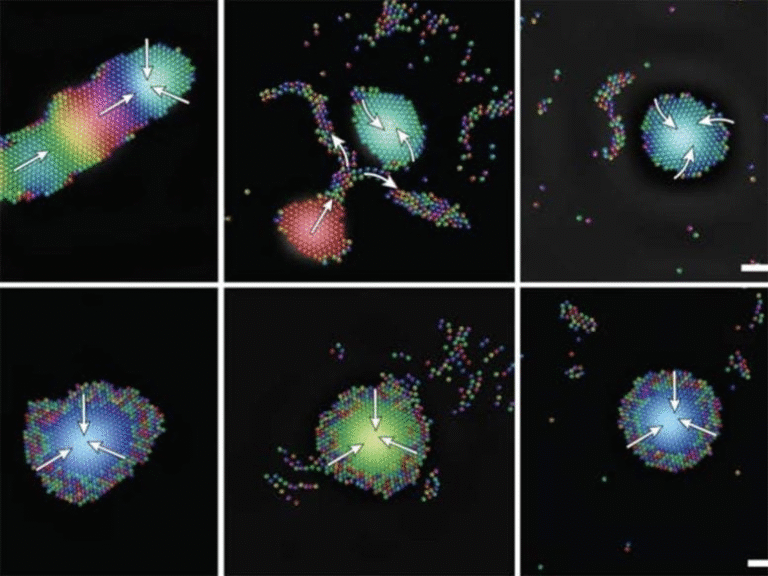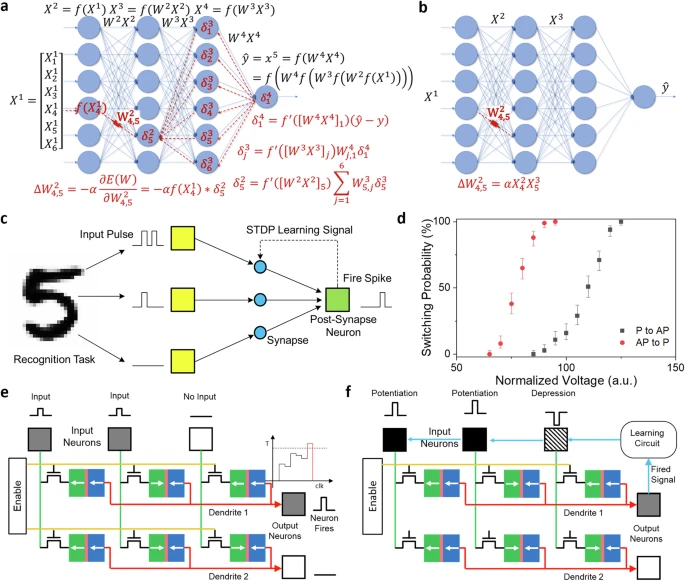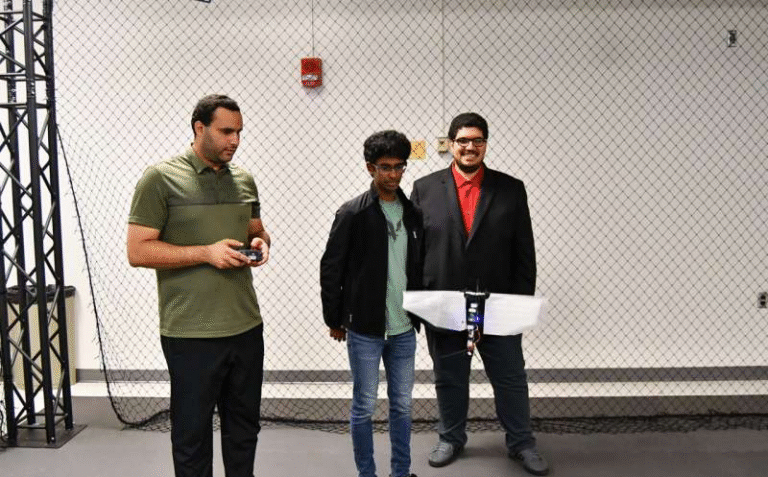Princeton’s New AI System Diag2Diag Could Transform Fusion Power Research

A team of researchers from Princeton University and the U.S. Department of Energy’s Princeton Plasma Physics Laboratory (PPPL) has developed a powerful artificial intelligence system called Diag2Diag that could change the way scientists observe and control plasma inside fusion reactors. This new AI model is designed to recreate missing or incomplete data from fusion experiments, allowing researchers to see what traditional sensors often miss. The achievement moves fusion energy a step closer to becoming a reliable and continuous power source.
Understanding the Challenge of Fusion Energy
Fusion energy aims to replicate the process that powers the sun, where hydrogen atoms merge under extreme pressure and temperature to form helium, releasing enormous energy in the process. The fuel used in such experiments—plasma—is a superheated gas made up of charged particles that must be confined and stabilized using powerful magnetic fields inside devices called tokamaks.
One of the biggest challenges with fusion power is that plasma behaves in highly unstable ways. Even small fluctuations can cause instabilities, which lead to power loss or even damage to the reactor’s inner walls. To prevent this, scientists rely on diagnostics—sensors that measure temperature, density, and other plasma characteristics thousands of times per second. However, these sensors can’t capture everything, especially the fastest and most complex changes happening inside the plasma.
This is where Diag2Diag comes in. It was created to fill in the gaps in sensor data and even provide richer insights than direct measurements can offer.
What Exactly Is Diag2Diag?
The name Diag2Diag comes from the term “diagnostic,” referring to the instruments used to monitor plasma conditions. The AI essentially learns to translate or reconstruct data from one diagnostic into another. That means if one sensor type is missing data or fails temporarily, Diag2Diag can generate a synthetic version of that data using information from other working sensors.
This system doesn’t just make guesses—it produces data that aligns closely with real sensor readings and often contains more fine-grained details than what traditional instruments detect. This capability could make plasma control far more reliable and reduce the number of physical sensors needed in future reactors, lowering both cost and complexity.
The Institutions Behind the Breakthrough
This project was a collaboration between Princeton University, PPPL, Chung-Ang University, Columbia University, and Seoul National University. The research was led by Azarakhsh Jalalvand, with Egemen Kolemen as principal investigator. The work was carried out using data from the DIII-D National Fusion Facility in San Diego, a U.S. Department of Energy user facility.
How the AI Was Trained
Diag2Diag was trained using thousands of experimental data sets from DIII-D collected between 2017 and 2022. These included measurements from several different diagnostics such as:
- Thomson Scattering (TS) – measures the temperature and density of electrons, but only a few hundred times per second.
- Electron Cyclotron Emission (ECE) – provides information about plasma temperature with higher time resolution.
- Interferometry and magnetic sensors – monitor overall plasma behavior and magnetic field changes.
Each diagnostic measures the plasma at a different rate and in different regions. For instance, Thomson Scattering gives detailed information about the plasma’s edge region, known as the pedestal, but it doesn’t capture changes fast enough to track brief instabilities. Diag2Diag bridges these differences by combining the strengths of all diagnostics.
The Importance of the Plasma Edge
The edge of the plasma, or the pedestal, is one of the most critical regions in a fusion reactor. It’s where the plasma interacts with the machine walls and where small instabilities can trigger major energy losses known as Edge-Localized Modes (ELMs).
ELMs are bursts of energy that, if uncontrolled, can damage the inside of the reactor. Scientists have developed methods to suppress ELMs using Resonant Magnetic Perturbations (RMPs)—small, deliberate distortions in the magnetic field that alter how plasma behaves. However, understanding exactly how RMPs stabilize the plasma has been limited by gaps in diagnostic data.
Diag2Diag helps fill that gap. By producing synthetic, high-resolution data, it allows researchers to visualize how temperature and density flatten out near the plasma edge when RMPs are applied—confirming theories about how ELMs are controlled.
A New Kind of Data Reconstruction
One of the clever aspects of Diag2Diag is its ability to create super-resolution data—essentially, a more detailed version of what the sensors record. For example, Thomson Scattering can only take measurements at around 200 readings per second, but Diag2Diag can generate synthetic data at up to one million samples per second (1 MHz).
To do this, the AI uses deep learning techniques that process signals from multiple diagnostics. It aligns them in time, analyzes their correlations, and produces a predicted version of what the slower diagnostic would have seen at a much faster rate.
Researchers call this synthetic data SRTS (Super-Resolution Thomson Scattering). When compared to real measurements, the SRTS traces closely match but reveal finer fluctuations that traditional instruments miss—especially during ELM events or other rapid plasma changes.
Evidence Supporting the Magnetic Island Theory
One of the key scientific outcomes from using Diag2Diag is that it provided stronger evidence for the “magnetic island” theory in ELM suppression. This theory suggests that RMPs create small magnetic islands at the plasma edge, which cause the plasma’s temperature and density to even out across that region.
This flattening makes the plasma more stable and less likely to produce violent bursts. Because traditional diagnostics can’t take fast enough measurements at the edge, this phenomenon was difficult to confirm experimentally. Diag2Diag’s synthetic data clearly showed the simultaneous flattening of both temperature and density—adding powerful support to this theory.
Why This Matters for Future Reactors
If AI tools like Diag2Diag become standard, future fusion reactors could be much simpler. Today’s experimental machines rely on a large number of sensors, many of which require significant space and maintenance. By generating synthetic diagnostics, AI could allow for fewer physical sensors, making the reactors more compact, robust, and cheaper to build and operate.
Fewer components also mean fewer potential points of failure, which is vital if fusion is to become a 24/7 energy source.
Another potential advantage is real-time plasma control. With further development, Diag2Diag or similar systems could be integrated into live fusion control systems to predict and stabilize plasma conditions instantly, preventing disruptions before they occur.
Broader Applications Beyond Fusion
Although Diag2Diag was designed for fusion research, the same principle can apply to many other fields where sensors collect complex data. The researchers suggest it could enhance performance and reliability in:
- Spacecraft systems, by compensating for failing or degraded sensors during missions.
- Robotic surgery, where sensor precision is crucial for safety.
- Astronomy and particle accelerators, where multiple instruments gather data that could be combined to improve resolution.
- Medical imaging or climate monitoring, where combining partial measurements can create a more complete picture.
The core idea—reconstructing missing or limited data using correlations between multiple sensors—is widely applicable in any system where diagnostics overlap but none alone provide the full picture.
Strengths and Limitations
The main strength of Diag2Diag lies in its ability to extend the usefulness of existing diagnostics. It doesn’t require new hardware, only smarter data interpretation. It also offers diagnostic redundancy, meaning that even if one instrument fails, the AI can approximate what it would have recorded.
However, there are some limitations. Because there is no “true” high-resolution Thomson Scattering data for all times, validation relies on indirect comparisons with known plasma behavior or short-duration high-speed measurements. The system is trained specifically on DIII-D data, so it might need retraining for different reactors with different sensor setups.
There’s also the question of real-time performance—running such AI models fast enough for live control in future reactors is still a technological challenge. But as computational hardware improves, this may soon be possible.
The Bigger Picture: Fusion and AI Working Together
Fusion researchers have long relied on data-heavy analysis to understand how plasmas behave, but AI is now emerging as a key tool for both analysis and control. From predicting disruptions to optimizing reactor design, artificial intelligence could become an integral part of fusion power’s success story.
Diag2Diag represents a concrete step in that direction. By learning the hidden relationships between different diagnostics, it shows that AI can reveal physical insights that were previously hidden in the noise or missed by slower instruments.
This approach—combining physics knowledge with deep learning—could be the model for many future scientific tools. Rather than replacing human understanding, it amplifies it, turning data gaps into discoveries.
Funding and Collaboration
This research was supported by the U.S. Department of Energy under several awards (DE-FC02-04ER54698, DE-SC0022270, DE-SC0022272, DE-SC0024527, DE-SC0020413, DE-SC0015480, DE-SC0024626). Additional support came from the National Research Foundation of Korea (RS-2024-00346024) and the Princeton Laboratory for Artificial Intelligence (award 2025-97).
The collaboration underscores the international nature of fusion research, bringing together expertise from the U.S. and South Korea to push forward the boundaries of plasma physics and AI applications.
Final Thoughts
Fusion energy is often described as the holy grail of clean power—an endless, carbon-free source that could revolutionize our energy future. While we’re not there yet, breakthroughs like Diag2Diag demonstrate how rapidly the field is evolving. By using AI to fill in the blind spots of fusion diagnostics, scientists are getting closer to controlling plasma with the precision needed to make fusion practical and reliable.
If Diag2Diag’s approach becomes a standard tool, it could mark the beginning of a new era where AI doesn’t just analyze scientific data—it helps create it.
Research Paper: Multimodal super-resolution: discovering hidden physics and its application to fusion plasmas (Nature Communications, 2025)





